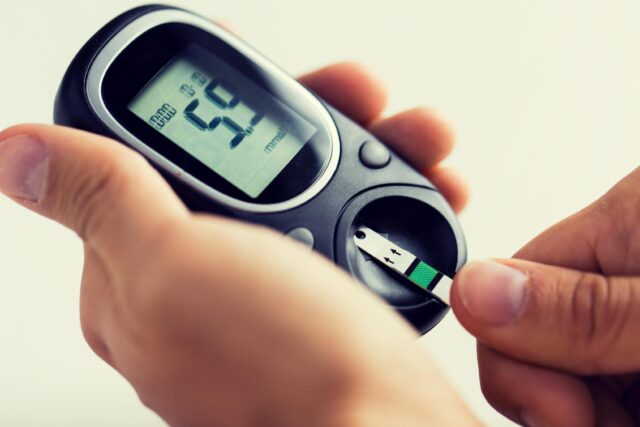The Importance of Medical Device Safety: Best Practices for Mitigating Risks

About Course
In today’s fast-evolving healthcare landscape, medical devices play an essential role in diagnosis, treatment, and patient care—but even a small design flaw or misuse can lead to severe consequences. This course dives into the critical importance of medical device safety, offering a comprehensive understanding of the risks involved and how they can be effectively mitigated through best practices and regulatory compliance. Whether you’re an engineer, healthcare professional, quality manager, or policymaker, this course equips you with the knowledge to navigate the complex landscape of medical device safety with confidence.
You’ll explore real-world case studies, dissect historical safety incidents, and learn how global regulations like FDA (U.S.), CE (Europe), and ISO standards ensure patient protection. We’ll cover essential topics like risk assessment, safe design practices, post-market surveillance, cyber risk management, and labeling for end-users. By the end of the course, you’ll be prepared to not only identify and reduce risks but also foster a culture of safety and accountability in your organization.
Course Content
Introduction
Definition of medical devices
00:00Overview of the importance of medical device safety
00:00Brief history of medical device safety regulations
00:00